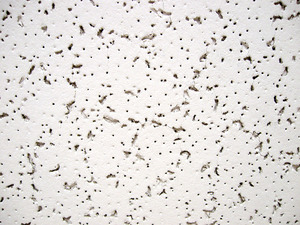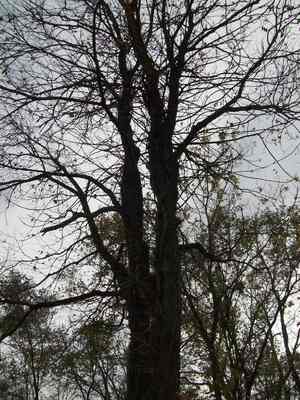Fever blisters, also commonly called cold sores are common and contagious viral infection. A fever blister is the result of a fever, which is were they got the name from. They are caused by the herpes simplex virus Type 1. A fever blister can occur at any age and most children will get one by the age of 10, with most getting one by the age of 5. Children get the virus from contact, mostly kissing from, siblings, parents and other relatives. It can also be spread by touching a sore and then touching another person. It does not have to be direct contact.
There are several symptoms that come with a fever blister. A small, painful blister erupts, usually around the mouth. There is a red ring around the blisters and the middle is filled with liquid, which then dries up and disappears. Other symptoms that may occur with fever blisters are swollen neck and glands, a fever, and general aches. Often a crust forms over the blister after they dry up and disappears within the next week or so. Even though the lesions are gone, the virus never leaves the body. Which is why a recurrence of fever blisters is common.
You can help prevent fever blisters by avoiding physical contact with others who have an active lesion. If you have a fever blister, do not kiss your kids and if your kid has one, do not let them kiss you or other siblings. If you your child has a fever blister there are some thing that you can do to make them feel more comfortable, as their is no cure for the virus. Offer them cold liquids to drink or let them have frozen pops as this will ease the discomfort. Try to prevent them from scratching or picking at the blisters. Give acetaminophen or ibuprofen for the pain. As soon as you see redness appear, apply cold to the area as viruses do not like cold and this may prevent an outbreak from being severe. Also, sun exposure can cause outbreaks, so make sure that you minimize sun exposure and use a zinc oxide on the lips to help prevent the flare-ups. For older children, there are some numbing ointments that can be applied to the blisters, but they are not recommended for younger children.
on average fever blisters are not serious enough to warrant a visit to the doctor, but if there are symptoms, you might need to take the child to the doctor. If there is pus oozing from the blisters instead of clear fluid, there may be another bacterial infection also. Also, if you child has an outbreak of the same type of lesions on the genital area, you want to take them to see a doctor. The doctor may prescribe a antiviral medication and if the lesion is infected, an antibiotic may also be prescribed.
There is no way to get rid of fever blisters for good and it is unknown the causes of why people develop them who have not been exposed to active lesions. The best thing you can do is to just have your child not spread them to others and keep them comfortable when they are experiencing an outbreak.



